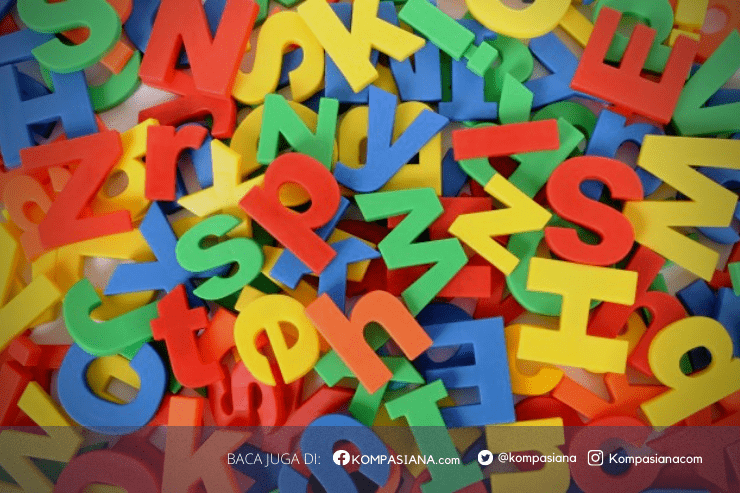- Purpose: to protect the quality of the surface water into which the treated water is discharged
- This treatment removes dissolved metals and nutrients, especially nitrates and phosphates from secondary effluent
- If the nutrients are discharged into surface water, it will stimulate algal blooms and eutrophication
- Allowing effluent to flow through a wetland or lagoon can remove nitrate and phosphate
- Alternative way: use chemical to bind and precipitate nutrients
- Treated water is then discharged into surface water or may be use for irrigation of agricultural lands or municipal properties such as golf courses and city parks
Lagoon :
- Provides settlement and further biological improvement through storage in large man-made ponds or lakes
- These lagoons are HIGHLY AEROBIC and colonization by native macrophytes (is an aquatic plant that grows in or near water and is either emergent, submerge, or floating) such as reeds, is often encouraged
- Small filter feeding invertebrates such as Daphnia and species of Rotifera greatly assist in treatment by removing fine particulates by functions as polishers of the effluent
- There are two types of lagoon:
•Aerobic lagoon – is applicable to lower strength wastes (BOD <200 mg/l) which are not toxic to algal bloom
•Anaerobic lagoon – is applicable to high strength wastes (BOD > 500 mg/l) or the lagoon must be in a remote location
Constructed Wetland :
- Include engineered reedbeds and a range of similar methodologies, all of which provides a high degree of aerobic biological improvement and can be often be used instead of 20 treatment for small countries
- Wetlands are potentially effective in treating the following water qualities problems:
ØMunicipal w/w from 10 & 20 treatment plants (BOD, pathogens, phosphorus, nitrate, suspended solid, metals)
ØIndustrial w/w (metals, acids, oils, solvents)
ØStormwater runoff (metals, nitrates, BOD, pesticides, oils)
ØAgricultural w/w and runoff (BOD, nitrates, pesticides, suspended solids)
ØMining water (metals, acidic water, sulfates)
ØGround water seeping from landfills (BOD, metals, oils, pesticides)
Wetlands is used as part of its w/w treatment plants
Follow Instagram @kompasianacom juga Tiktok @kompasiana biar nggak ketinggalan event seru komunitas dan tips dapat cuan dari Kompasiana
Baca juga cerita inspiratif langsung dari smartphone kamu dengan bergabung di WhatsApp Channel Kompasiana di SINI





